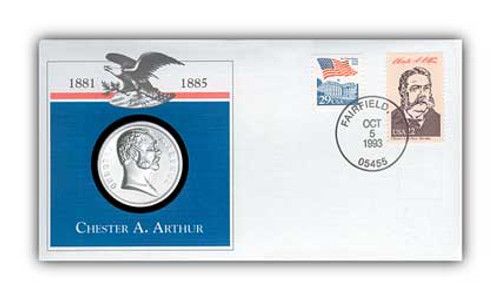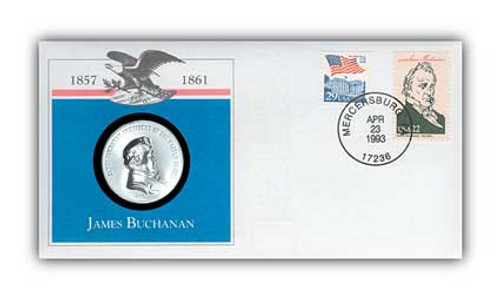
# 97814 - 1993 James Carter Platinum Plated Medal Cover
US Naval Academy Opened
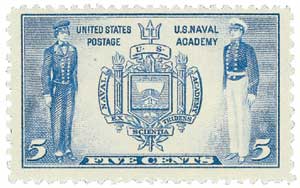
Decades after America’s first ships took to the oceans to defend its interests, the US Naval Academy was opened on October 10, 1845.
The Continental Navy was founded during the American Revolutionary War to battle the Royal Navy at sea. And in 1783, Revolutionary naval hero John Paul Jones first proposed that America establish a school to train midshipmen. But after the war ended, the navy was demobilized to save money.
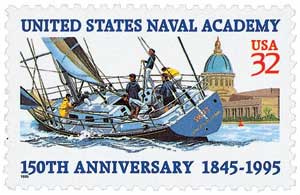
America wasn’t without its navy for long, though. In 1794, President George Washington convinced Congress to create a new navy to face the rising threat of pirates. Decades later, President John Quincy Adams asked Congress to create a Naval Academy, yet they still didn’t see it as a priority.
Though Congress wouldn’t create a formal academy, that didn’t mean others didn’t create their own. There were smaller naval academies in Philadelphia, New York City, Norfolk, and Boston. In fact, in September 1842, an American brig left the Brooklyn Naval Yard with teenage naval apprentices on board. The young men were undisciplined and schemed to mutiny the ship. The story was national news and led many to doubt the idea of sending young recruits out on the boats.
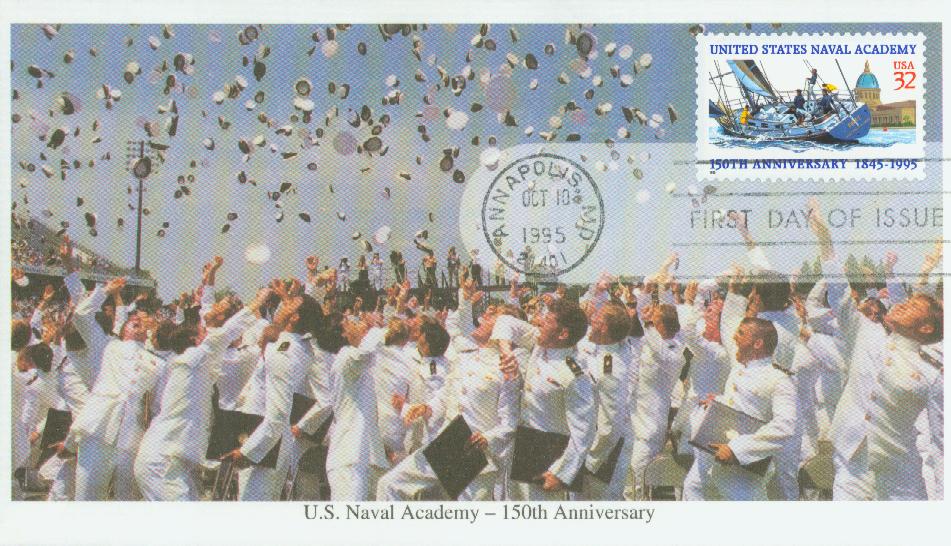
But Secretary of the Navy George Bancroft believed in the importance of the academy and fought for its establishment, as well as Congressional funding. The Naval School, as it was then known, opened its doors on October 10, 1845, with a class of 50 midshipmen and seven professors. The school occupied a 10-acre Army post named Fort Severn in Annapolis, Maryland. During the Civil War, Annapolis was considered too close to the Confederacy, so the midshipmen were moved to Newport, Rhode Island.
Initially, students attended for five years – spending the first and last years in the classroom and the others at sea. In 1850, the school was renamed the United States Naval Academy. Students now attend school for four years, spending their summers at sea.

The Academy’s graduates proved themselves during the Spanish-American War, which brought great attention to the Naval Academy and led to the school’s expansion. Many new buildings were constructed between 1899 and 1907. More expansion was completed in 1976 – the year women midshipmen were first admitted to the academy.
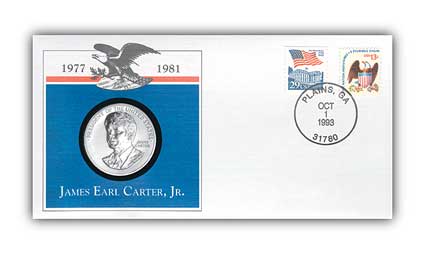
Candidates must be nominated by an official source, such as the president, members of Congress, or the Navy and Marine Corps. About 1,300 people are selected to enter the freshman class each year based upon entrance exam scores and rigid physical requirements. After successfully completing four years of rigorous physical and scholastic challenges, graduates receive a Bachelor of Science degree and are commissioned as officers.
USNA graduates have participated in every major US conflict since the Mexican-American War.
Click here to visit the US Naval Academy’s website.
US Naval Academy Opened

Decades after America’s first ships took to the oceans to defend its interests, the US Naval Academy was opened on October 10, 1845.
The Continental Navy was founded during the American Revolutionary War to battle the Royal Navy at sea. And in 1783, Revolutionary naval hero John Paul Jones first proposed that America establish a school to train midshipmen. But after the war ended, the navy was demobilized to save money.

America wasn’t without its navy for long, though. In 1794, President George Washington convinced Congress to create a new navy to face the rising threat of pirates. Decades later, President John Quincy Adams asked Congress to create a Naval Academy, yet they still didn’t see it as a priority.
Though Congress wouldn’t create a formal academy, that didn’t mean others didn’t create their own. There were smaller naval academies in Philadelphia, New York City, Norfolk, and Boston. In fact, in September 1842, an American brig left the Brooklyn Naval Yard with teenage naval apprentices on board. The young men were undisciplined and schemed to mutiny the ship. The story was national news and led many to doubt the idea of sending young recruits out on the boats.

But Secretary of the Navy George Bancroft believed in the importance of the academy and fought for its establishment, as well as Congressional funding. The Naval School, as it was then known, opened its doors on October 10, 1845, with a class of 50 midshipmen and seven professors. The school occupied a 10-acre Army post named Fort Severn in Annapolis, Maryland. During the Civil War, Annapolis was considered too close to the Confederacy, so the midshipmen were moved to Newport, Rhode Island.
Initially, students attended for five years – spending the first and last years in the classroom and the others at sea. In 1850, the school was renamed the United States Naval Academy. Students now attend school for four years, spending their summers at sea.

The Academy’s graduates proved themselves during the Spanish-American War, which brought great attention to the Naval Academy and led to the school’s expansion. Many new buildings were constructed between 1899 and 1907. More expansion was completed in 1976 – the year women midshipmen were first admitted to the academy.

Candidates must be nominated by an official source, such as the president, members of Congress, or the Navy and Marine Corps. About 1,300 people are selected to enter the freshman class each year based upon entrance exam scores and rigid physical requirements. After successfully completing four years of rigorous physical and scholastic challenges, graduates receive a Bachelor of Science degree and are commissioned as officers.
USNA graduates have participated in every major US conflict since the Mexican-American War.
Click here to visit the US Naval Academy’s website.








